Rank Species | Order unplaced Higher classification Dillenia | |
 | ||
Similar Dillenia, Dilleniaceae, Limonia acidissima, Indian bael, Bombax | ||
Dillenia indica elephant apple with fruit
Dillenia indica (commonly known as elephant apple or chulta) is a species of Dillenia native to southeastern Asia, from India, Bangladesh and Sri Lanka east to southwestern China (Yunnan) and Vietnam, and south through Thailand to Malaysia and Indonesia.
Contents
- Dillenia indica elephant apple with fruit
- Dillenia indica elephant apple
- Botanical information
- Ecology
- Uses
- References

Dillenia indica elephant apple
Botanical information
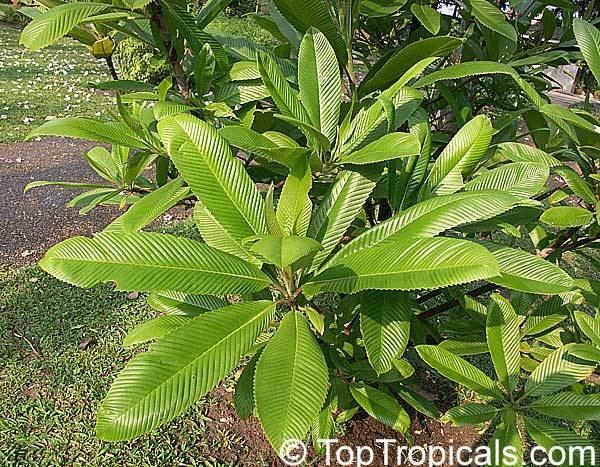
It is an evergreen large shrub or small to medium-sized tree growing to 15 m tall. The leaves are 15–36 cm long, with a conspicuously corrugated surface with impressed veins. Its branches are used to make good firewood. The flowers are large, 15–20 cm diameter, with five white petals and numerous yellow stamens. Its characteristic round fruits are large, greenish yellow, have many seeds and are edible. The fruit is a 5–12 cm diameter aggregate of 15 carpels, each carpel containing five seeds embedded in an edible but fibrous pulp.
Ecology
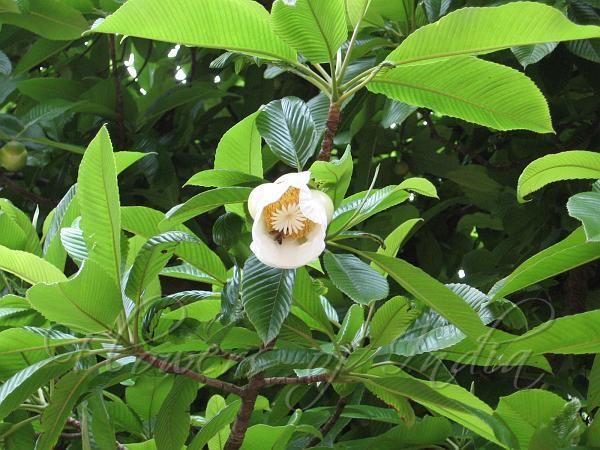
Dillenia indica produces a large hard fruit which is accessible only to the megaherbivores. An interesting study in the Buxa Tiger Reserve by ecologists Sekar & Sukumar has shown that Asian elephants appear to have a particular fondness for the fruits of D. indica, and hence an important seed dispenser for this tree.With the prospects of extinction of the elephants this tree has developed a back-up system, whereby its hard fruits that were only accessible to megaherbivores, slowly soften on the forest floor through the dry season to allow access to successively smaller animals such as macacques, rodents and squirrels. Seeds from both old and soft fruits are able to germinate well, enabling the persistence of this tree to be independent of the survival of its major megaherbivore disperser.
Uses
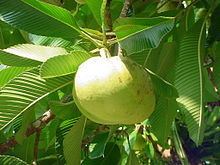
The fruit pulp is bitter-sour and used in Indian cuisine in curries, jam (ouu khatta), and jellies. It is often mixed with coconut and spices to make chutneys. It is extensively used in Dal and in fish preparations in Assam.
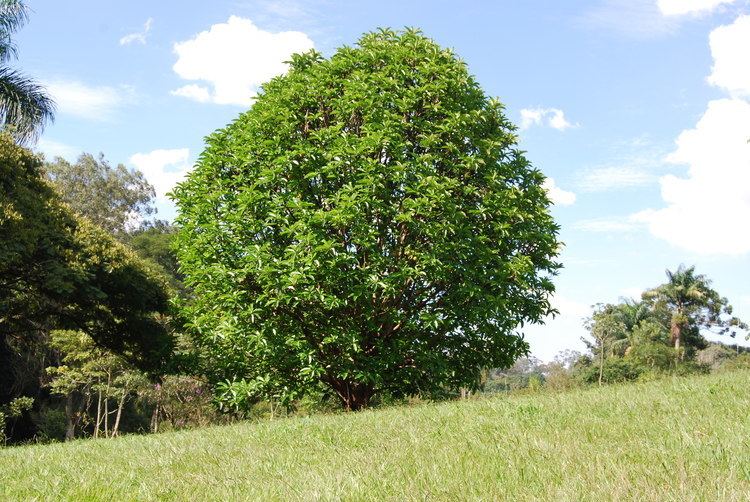
In India, it is not commercially cultivated, but is found wild in the Terai & Dooars region and Katha Reserve Forest (RF), Burihiding RF, Duarmara RF, Tarani RF, Dumduma RF, Nalni RF, Philobari RF, Takowani RF, Kakojan RF, Digboi RF, Bogapani RF and Upper Dihing RF. Because it is a main source of food for elephants, monkeys and deer, collection of fruit from the core areas of the forest are prohibited. Commercial sale of the fruit is also prohibited in an effort to help the food-chain system of the forest from dismantling totally.
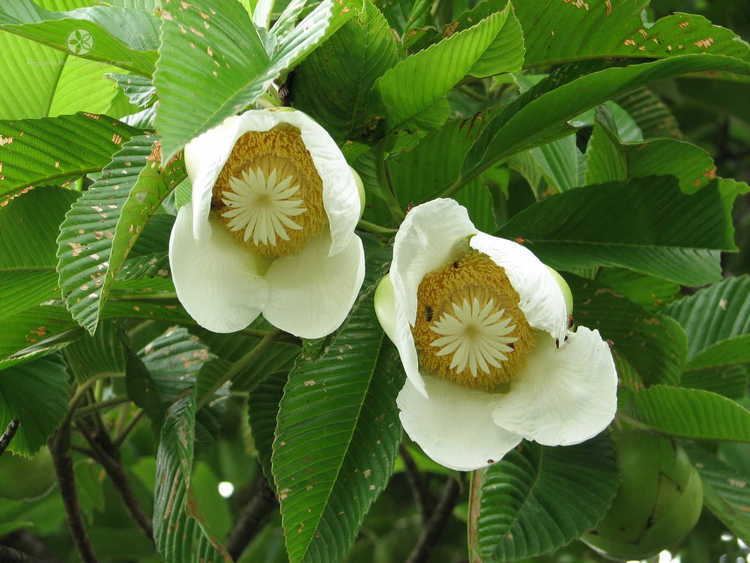
Studies have shown that Dillenia indica might be a potential source of antidiabetic agents
The fruit of D. indica is rich in phenolics may provide a good source of antioxidant.
Fruit extract of D.indica exhibits anti leukemic activity
Bark of D.indica is a component of medicine for sores caused by mercury poisoning
